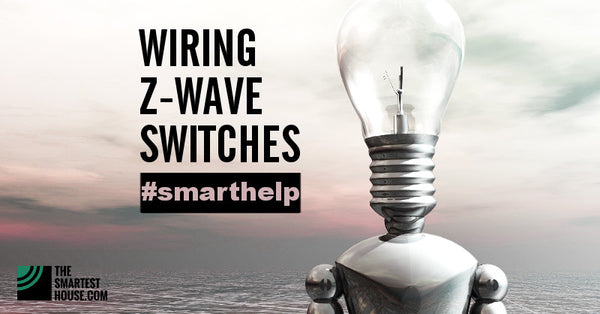- Home
-
Shop By Brand
-
Product Type
-
Hubs and Controllers
-
Lighting Controls
-
Sensors
- Water Valves
- Smart Plugs
- Sirens and Chimes
- Range Extenders
- Thermostats
- Blinds and Shades
- Cameras
- Accessories
-
-
Shop By Hub
- Value kits
- Pro Portal
-
Help




Peter
July 06, 2018
I currently have a switched receptacle controlled by a single-pole switch. What I want to do is replace the switch with a Zwave switch, and convert the switched receptacle back to an always-on receptacle. I want the Zwave switch to control a Zwave receptacle on another wall in the room. Based on your post though, it sounds like the Zwave switch won’t function as there will be no load on it. Are there Zwave switches designed to be operated with no load?